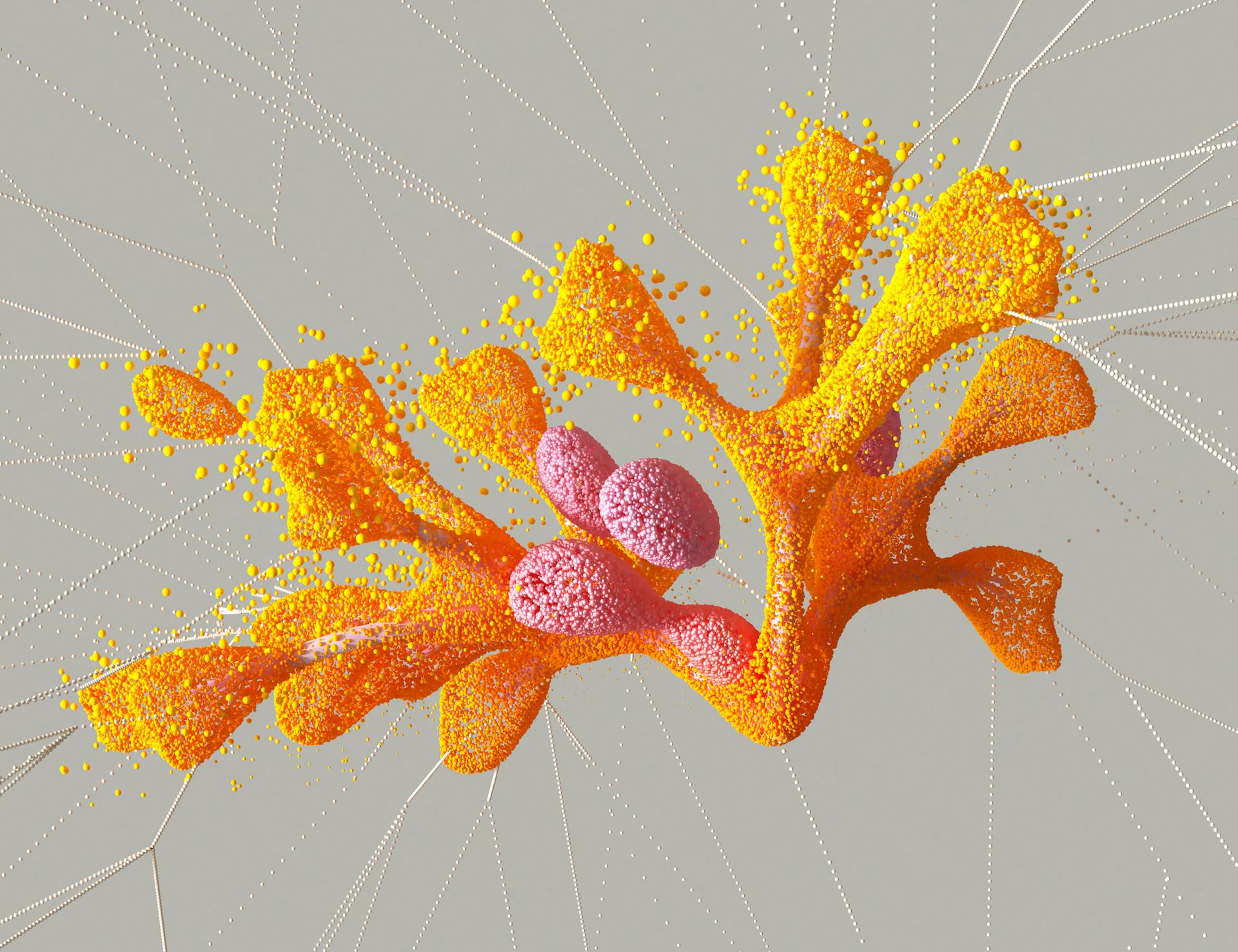Don’t Fall for the AI Agent Hype in 2025: Here’s What’s Real and Revenue-Ready
Scroll through LinkedIn, and you'll see no shortage of hype around AI agents. Demo videos showcasing AI "autonomously" navigating multiple apps, completing end-to-end workflows, and acting like tireless digital employees. The dream is alive and viral.
But here’s the inconvenient truth: most of what’s marketed as an “AI agent” today isn’t truly agentic. It’s a workflow — often deterministic, pre-scripted, and brittle — masquerading as autonomy.
At WunderWaffen, we build high-reliability, revenue-impacting AI automations. So let’s cut through the noise and map where AI agents actually stand in 2025 — and what’s truly exciting (and useful) about them right now.
So, What Is an AI Agent?
In technical terms, an AI agent is a system that can perceive its environment, process information, make decisions, and act toward a goal. Think of it like an intern that knows how to code, read documents, send emails, and occasionally get confused — but improves over time.
What most people call agents today are glorified automation scripts backed by an LLM. They’re good at moving structured data from Point A to Point B and transforming text. But full autonomy — the kind where an agent orders groceries or manages your inbox independently — is still science fiction.
Why? Because software wasn’t designed for AI agents. It was built for two user types: humans and developers. Agents are a new class of user altogether, and the interfaces they need to truly thrive don’t exist at scale yet.

The Three Maturity Levels of AI Agents
If you're considering integrating agents into your business operations, think in terms of reliability, not possibility. Here's a no-nonsense breakdown:
Level 1: Reliable, Practical, Profitable
These are the agent capabilities delivering ROI today:
- Predefined workflows: “Extract contact info from emails → Update CRM.”
- Zero ambiguity: Step-by-step tasks with clear inputs and outputs.
- Data transformation: Format-shifting, language processing, summarization, and tagging.
This is where WunderWaffen operates daily — building agent-based automations that save teams 100+ hours monthly and boost throughput without increasing headcount.
Level 2: Semi-Autonomous, Moderate Reliability
The bleeding edge of agent development looks like this:
- Cross-platform execution: Agents moving data between SaaS tools without hardcoding.
- Higher-order tasks: Commands like “create a pitch deck,” instead of “click button X.”
- Proactive tool access: Agents identifying what tools to use, not just being told.
Some of this works under controlled conditions. It’s exciting, but it needs constant human review — not plug-and-play yet.
Level 3: The Hype Zone
This is what social media loves, but businesses can't rely on (yet):
- Full UI control: Agents clicking around like humans do.
- Autonomous decision-making: Prioritizing, adapting, reacting on the fly.
- AI coworkers: Agents you assign tasks to without follow-up.
This is what we call “research-grade” — valuable for experimentation, but not production-ready. High error rates, inconsistent performance, and unpredictable behavior make this fun to demo, but risky to deploy.
The Real Opportunity: Predictable, Repeatable Intelligence
Here’s the catch with generative AI: it’s probabilistic. Ask it the same thing twice and you might get two different results.
In business, that’s a bug — not a feature.
So how do we make agents reliable?
One method that works well (and we’ve implemented for clients): prompt-to-code pipelines. Instead of giving an AI agent a 20-line prompt, we have it write and execute Python code to complete the task. You get:
- Repeatable outcomes
- Transparent logic
- Editable workflows
- Debuggability
Rather than telling an agent, “Find 100 COOs on LinkedIn and put them into a spreadsheet,” we say: “Generate the code to do that.” Then run it. That’s not just smarter — it’s safer, more scalable, and future-proof.

The Future of AI Agents, Minus the Hype
We’ve seen inside dozens of businesses attempting to integrate AI agents — from startups to enterprises. Here’s what we believe the near future looks like:
✅ Predictability beats autonomy
Reliable agents that do one thing really well will always outperform generalist agents that fail unpredictably.
✅ AI agents won’t replace people — but will require management
Just like a junior hire, agents need onboarding, training, validation, and regular tuning. We’re not removing humans from the loop — we’re redefining the loop.
✅ Agents as integration hubs
Think of agents less as “coworkers” and more as “connectors.” Their real power lies in bridging silos, coordinating workflows, and standardizing operations across your digital ecosystem.
Final Thought
At WunderWaffen, we don't chase the hype. We engineer reality. The best AI agents today are specialists, not generalists. They don’t replace employees — they enhance them. They don’t click around apps — they rewrite the rules of productivity.
So before buying into the agent hype, ask yourself:
Do I need an AI that can do everything unreliably…
or one that does a few critical things exceptionally well?
If it’s the latter — we should talk.
Want to integrate AI agents into your operations and actually see ROI?
Send me a message. Let's engineer your edge.
Don’t Fall for the AI Agent Hype in 2025: Here’s What’s Real and Revenue-Ready